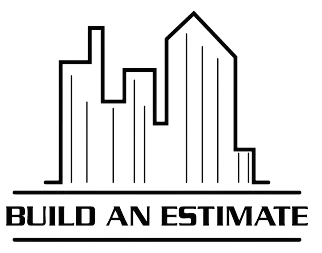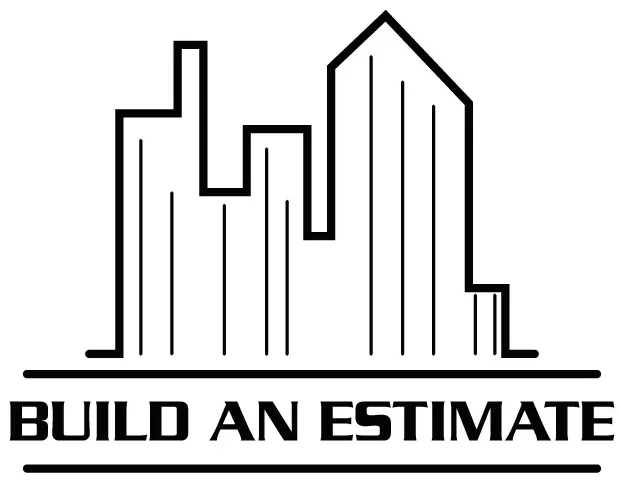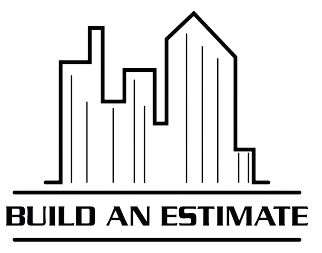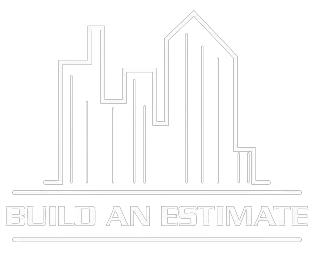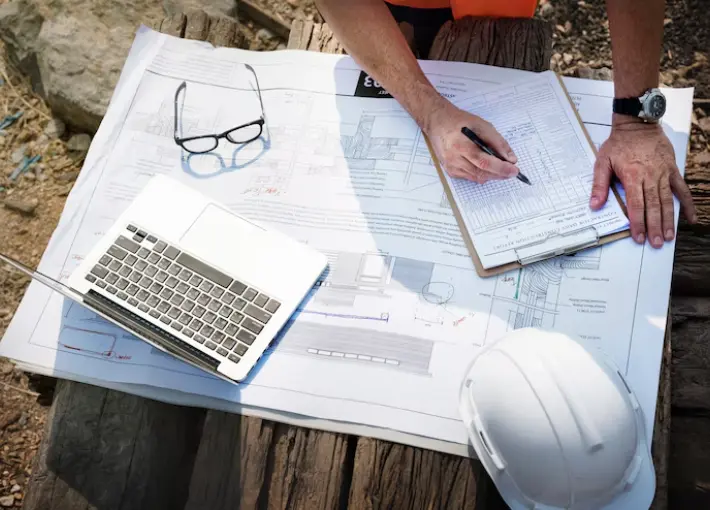- HOME
- SERVICES
- OUR TRADES
- SAMPLES
- Build An Estimate – Accurate Cost Estimating
- CONTACT
- Home
- Services
- Our Trades
- Samples
- Pricing
- Blog
- About Us
- Contact
- HOME
- SERVICES
- OUR TRADES
- SAMPLES
- Build An Estimate – Accurate Cost Estimating
- CONTACT
- Home
- Services
- Our Trades
- Samples
- Pricing
- Blog
- About Us
- Contact

Why Is Estimation Important In Construction
October 14, 2024
New Home Construction Cost Estimates – Things Homeowners Should Know
October 17, 2024Defining Construction Material Needs – A Practical Approach
Estimating Materials for Construction
Do you find difficulty in correctly estimating materials for Construction projects? Getting the material wrong results in costly delays, budget overruns, and wasted resources. Precise material estimation is the key to avoiding these issues which have a bearing on the profitability and success of any construction project.
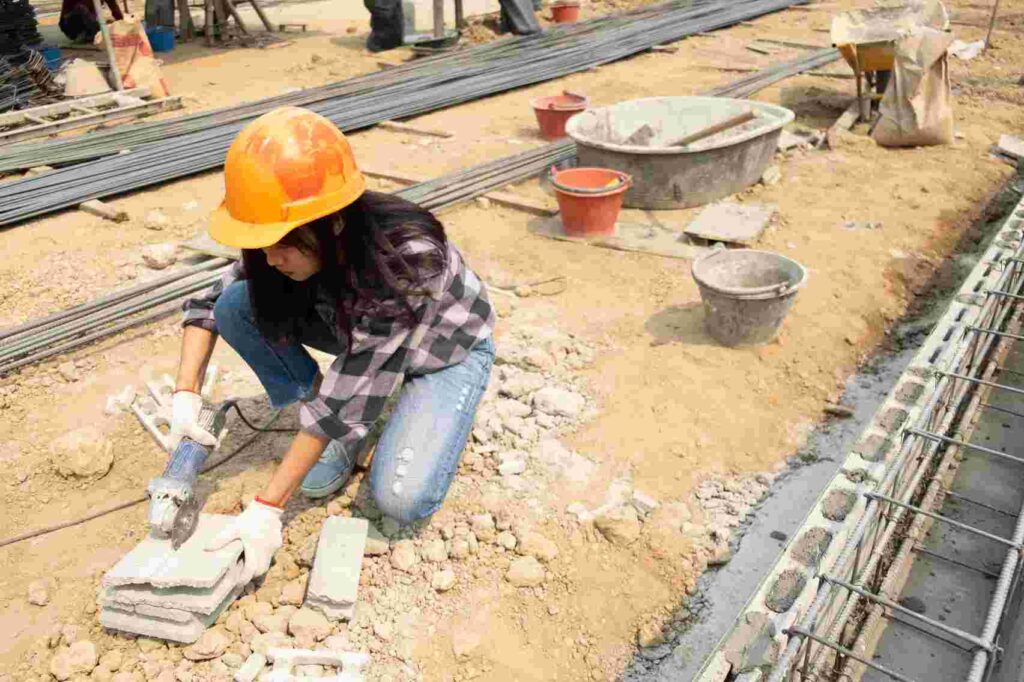
Unfortunately, this task is difficult and requires specialized knowledge and experience in construction estimating. In this article, I am going to show you how practical approaches to estimating materials for Construction can streamline your process and help make sure your projects are on track. Read on to learn more!
What is Construction Estimating?
Construction estimating is a vital process in planning a project for Improved Productivity and Efficiency. This is predicting the costs, time, and resources needed to do a construction project. Estimates that are accurate help to keep a project on budget, on time, and using resources within acceptable boundaries.
Definition of Construction Estimating
In construction estimating, the total costs and materials needed for an estimating materials for construction projects are estimated by forecasting. It covers the labor, equipment, and materials. Material estimation is especially important, as it determines how much and of which type of materials should be utilized, which in turn will affect the project’s budget and timeline.
Responsibilities of a Construction Estimator

1. Conducting Site Visits
Estimators determine the project scope and conditions by visiting the construction site. It allows us to determine what material and labor we require.
2. Performing Material Takeoffs
Material takeoffs are the takecalculation of exact quantities and types of materials used for the project. This is an important step in doing accurate budgeting.
3. Working with Project Teams
Architects, engineers, and contractors work directly with estimators to make sure material and cost estimates match the project’s design and goal.
4. Analyzing Costs
They review project plans and specifications to estimate project costs overall including labor, materials, and equipment, and make sure the project remains within budget.
5. Providing Recommendations
Their analysis also generates estimates for cost-saving opportunities and helps refine project plans to achieve greater efficiency and accuracy.
Importance of Accurate Estimates

1. Makes Available Materials
Estimated material also ensures that all necessary materials are on site when required, without delay, and at the right time construction cost estimation.
2. Prevents Project Delays
If supplies are misestimated there can be a lack of supplies halfway through a project which can delay the project, pushing back deadlines for residential estimating services.
3. Controls Costs
They help in avoiding overspending. Thus, underestimating leads to unplanned purchases and overestimating causes a waste of materials and expenses for construction project management.
4. Avoids Project Failure
If the construction project does not have enough funds, it can end up failing because of this lack of funds and as a result, the project can come at a huge loss because of the budget overruns which is also due to poor material estimation project estimation services.
5. Improves Project Efficiency
Planning estimating materials for Construction accurately helps construction teams work more efficiently with fewer disruptions for smoother progress and successful completion project cost management.
Types of Construction Estimates
For various stages, construction projects require various types of estimates to help budget and plan. These estimates give an idea of the cost of certain materials, labor, and other project charges so that decisions can be taken. It is important to know the different kinds of construction estimates for both small and large-scale projects.

Unit Pricing Method
The [unit pricing method] is done by calculating costs according to the price per unit of a material or task. It’s usually used in smaller projects like home renovations where you can price each material and labor separately. This method can be used for, for instance, estimating the price of roofing materials or flooring installation. With this approach, material and labor needs are clearly and easily quantified, and you can achieve simple and effective results in the construction of this type of project.
Square Foot Method
Commonly, the square foot method is applied to large-scale construction projects, i.e. commercial buildings. The cost is determined by the size of the project and a per square foot cost is applied. This method gives a quick estimate however it is less accurate as it does not provide precision, so it is not reliable for final budgets. While the speed is its main advantage, it’s less detailed than other methods are.
Detailed Estimates
This detailed estimate provides a highly accurate breakdown of project costs, materials, labor, and equipment. These detailed estimates tend to be used for final bids and budgeting because they provide precise figures. It is good for complex projects because the level of detail is high, costs of each item or task are clearly defined.
The Estimating Process
Construction estimating is a process that has several critical steps to determine the exact material needs of a project. First, it starts with a thorough understanding of the project plans and site conditions, then in detail takeoffs and price gathering. The estimators aim to deliver accurate and total estimates, to regulate costs, and to prevent delay where unnecessary. We will explain the key steps of this process below.
1. Conducting a Site Visit
The estimation process requires a site visit. Estimators assess site conditions to determine if there will be issues with material selection or logistics. It includes checking out terrain, access points, and anything else that may need special material considerations.
2. Performing Material Takeoffs
Construction material estimation is based on material takeoffs. To get precise quantities of each material for the project, respectively, estimators carefully review construction plans. This step guarantees that only the necessary material is acquired, which means waste and less cost are expended.
3. Soliciting Labor and Material Pricing
This is crucial to a precise estimate because the price for labor and materials must be obtained accurately. Requests are made to multiple suppliers and subcontractors, with the local and global markets taken into account. This makes sure there’s some security on the prices and it factors in material fluctuation costs.
4. Compiling and Analyzing Data
Estimators then get all of the needed information, and compile the data. They either use [estimating software] or manual methods to analyze the information to see if the estimate is complete and accurate for all aspects of the project.
Common challenges in construction estimating.
Determining material needs is a challenge construction estimators face and it can directly impact project success. The accuracy of estimation and hence the profitability of the project hinge on understanding and addressing these problems. Here is some of what you face.
1. Inaccurate Measurements
Problems that arise with inaccurate measurements in construction material estimates are either material shortages or excess waste. By double-checking measurements, using modern tools like laser distance meters or 3D modeling software, estimators can avoid these errors. Measure checks can also be done regularly (e.g. site visits or communication with the project team) and the measures can be still accurate throughout the construction process.
2. Market Fluctuations
[Construction project cost estimates] can have an element of uncertainty from material prices that fluctuate. Budgets are also affected by price volatility, as is the overall profitability of a project. Estimators must also provide contingency plans in their estimates and keep current cost databases that reflect current market conditions to best manage this. Also, if we establish close supplier relationships, the prices are more stable.
3. Estimator Experience and Bias
Construction material needs depend on an estimator’s experience and potential bias. Over, or under, estimations can be due to personal assumptions or outdated practices. To improve accuracy and to stay in line with the industry, continuous learning and data-driven decision making are a must.
Use of Estimating Software
1. Improve Accuracy: Modern [construction estimating software] takes care of very complex calculations so there’s less risk of human error and more accurate material estimates.
2. Popular Software Options: Digital takeoffs, cost databases, and project management integration are features widely used in tools like ProEst, PlanSwift, and Buildertrend.
3. Streamline Estimation Process: These tools enable users to type in project details quickly, create material lists, and compare costs in a structured and time-saving manner.
4. Consistency in Pricing: With estimating software you standardize pricing on other projects, you reduce discrepancies, and you have better control over your budget.
5. Reduce Errors: Construction software automates manual tasks, which reduces error making sure projects stay on time and within budget.
Best Practices for Accurate Estimates
However, these best practices can improve the accuracy of material estimation.
1. Regularly Update Cost Databases
To ensure accurate estimates, it’s important to keep a cost database up to date. Monitor industry publications, as well as develop strong relationships with vendors to regularly review material prices. Such information will help you track pricing trends and figure out where you stand on the pricing spectrum as well as make more accurate calculations.
2. Collaborate with Project Teams
The accuracy of material estimates is improved by working closely with architects, engineers, and subcontractors. Early identification of possible changes or problems is very important because they can greatly affect the material requirement and cost.
3. Conduct Post-Project Reviews
After a project is finished, it’s important to review it to make future estimates better. Measure actual material usage and compare it to original estimates to see where there are discrepancies. By analyzing this, you will be able to refine your estimate process, improve planning, and improve project profitability in future projects.
Conclusion
Accurate estimating materials for Construction is vital for the success of any construction project and, as such, we conclude. It keeps projects under control, ensures on-time delivery, and saves costs. The more the project manager knows about construction material needs and best practices such as detailed planning, effective communication, and continuous monitoring, the better the material management process. We would suggest you should consider build an estimate service to simplify this process.
The estimation also results in active cooperation targeting the profitability of the project and overall efficiency. Finally, we encourage readers to use these strategies to get better outcomes and benefits in construction endeavors, and to have more successful, and profitable projects.
